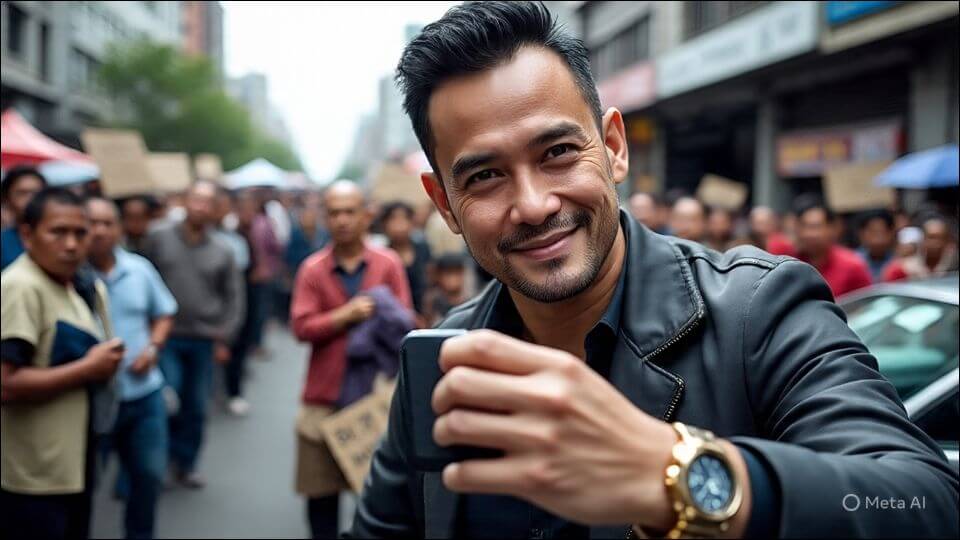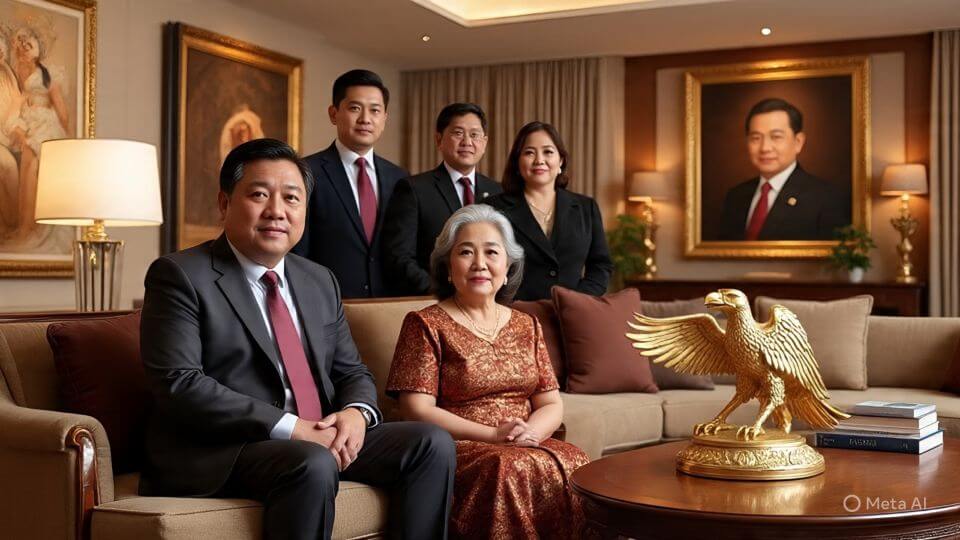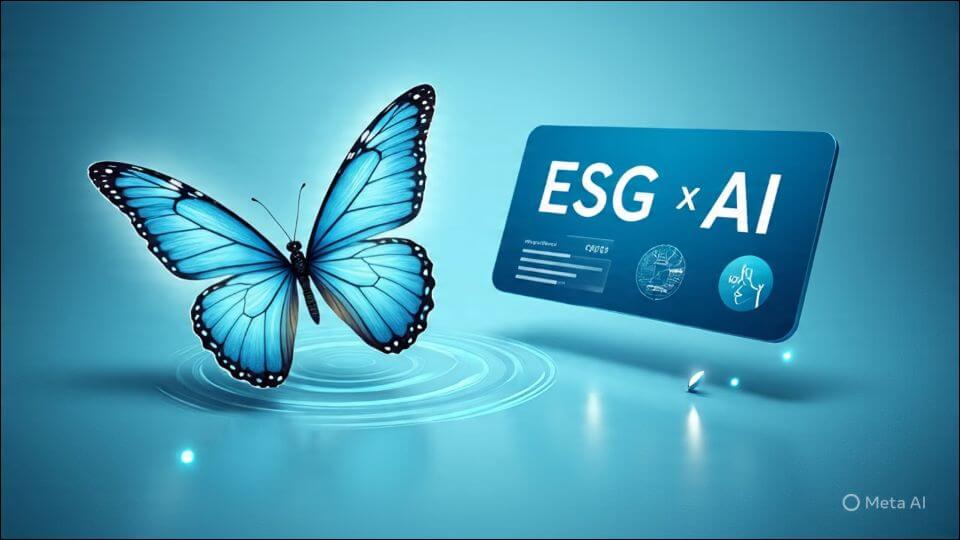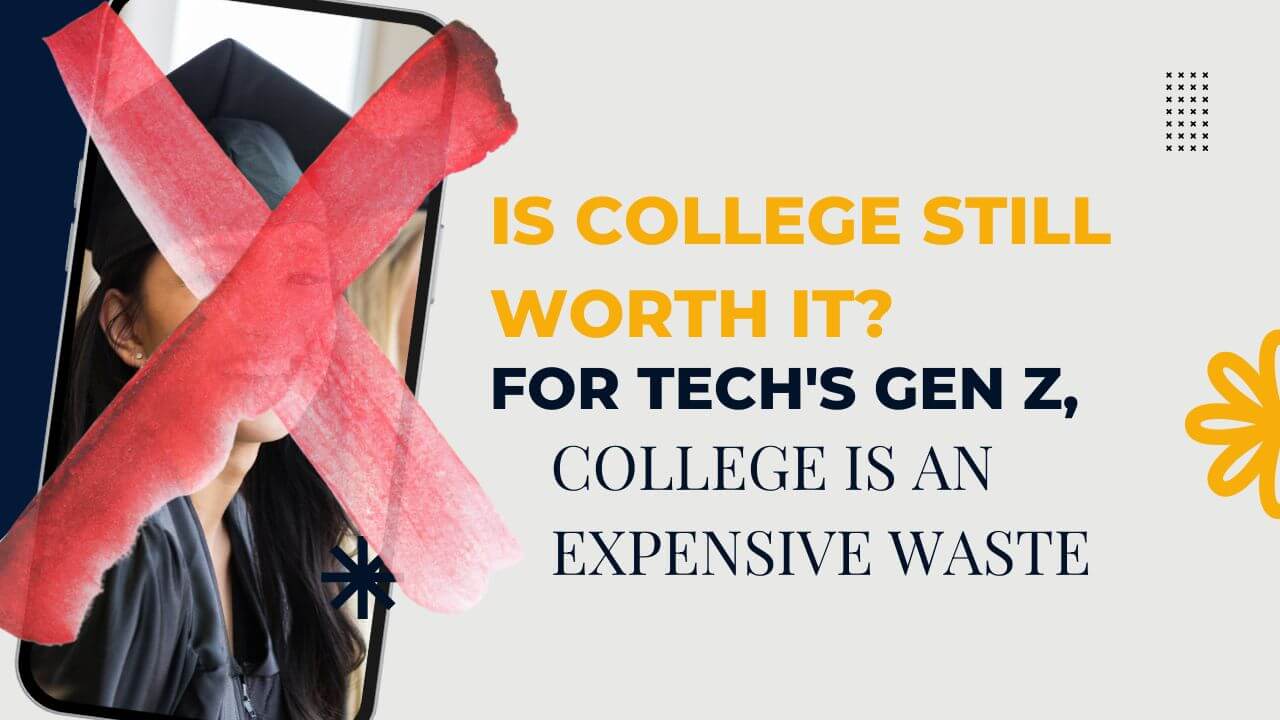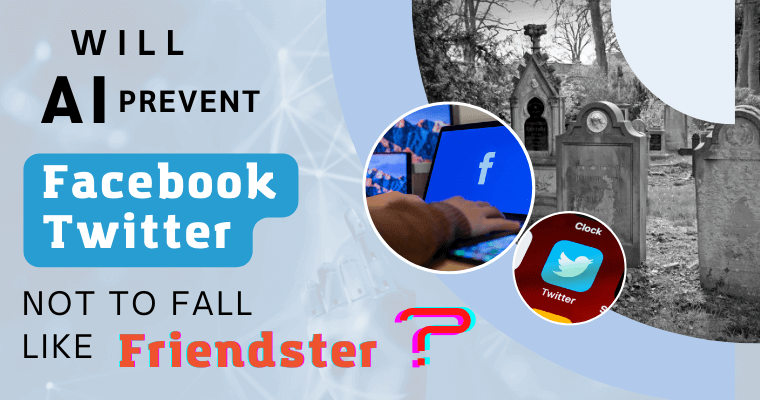In the Philippines, poverty has long been a political prop—a backdrop for photo ops, a campaign slogan, and a business model for likes and content. As explored in Politics of Poverty, the poor are often treated as machinery for votes, not as agents of change.
But what if we flipped the script?
🧠 What If Poverty Wasn’t a Business Agenda?
What if poverty wasn’t monetized through viral charity, seasonal giveaways, or influencer pity posts? What if it wasn’t a trend, but a systemic challenge with systemic solutions?
In the age of AI, we have the tools to map, measure, and mobilize. But we need a framework that goes beyond handouts and hashtags—one that builds resilience, not dependency.
🔄 The Real 4Ps for Change
As outlined in Value Chain Thinking for Poverty Alleviation, the real 4Ps offer a blueprint for sustainable empowerment:
- Product that meets real market demand – Not giveaways, but goods and services that solve problems – AI can identify gaps, trends, and local needs through predictive analytics and sentiment mapping
- Process that ensures quality and efficiency – From farm to factory to fulfillment, workflows must be optimized – AI can streamline logistics, reduce waste, and improve traceability using smart sensors and supply chain modeling
- People with the right skills and support – Not just training, but mentorship, mental health, and adaptive learning – AI can personalize education, match talent to opportunity, and forecast skill gaps in emerging industries
- Place in the value chain where they can thrive – Whether as producers, processors, or platform builders – AI can map ecosystems and reveal where communities can plug in—turning informal labor into formal opportunity
These 4Ps must be embedded in value chain thinking and aligned with ESG principles—as explored in ESG and the Butterfly Effect. Every small shift in product design, hiring policy, or supply chain ethics can ripple outward, affecting climate resilience, community trust, and long-term viability.
This isn’t just economic theory—it’s a design challenge for inclusive innovation.
🤖 What If AI Were Used to Empower, Not Exploit?
AI can be used to:
- Forecast crop yields and prevent disaster losses
- Match micro-entrepreneurs to supply chains
- Automate tedious tasks so people can focus on creativity
- Build decentralized networks that reflect Filipino values
But it can also be used to:
- Amplify poverty porn
- Automate political manipulation
- Normalize inequality through biased algorithms
The difference lies in who designs the system—and why.
🐾 Final Thought
What if this article wasn’t satire?
What if the poor weren’t props—but partners? What if the 4Ps weren’t just a government program—but a framework for dignity?
Until the day poverty is no longer a backdrop for photo ops, this article remains a satire. A real nightmare.
But the tools are here. The vision is clear. And the question is no longer “What if?” It’s “When?”
Because even with the right Product, Process, People, and Place, change requires agency. You can bring the horse to water, but you cannot make it drink. No matter how many Ps are provided, unless the recipient takes initiative to break the cycle, poverty remains a loop—an inherited algorithm of dependence.
Empowerment isn’t just about access. It’s about activation.
And in the age of AI, activation begins with discernment, design, and dignity.
📚 Sources
- McKinsey – AI in Agriculture: Mapping Demand and Yield
- World Bank – AI and Supply Chain Efficiency
- UNESCO – AI for Inclusive Education
- ILO – Mapping Informal Workers into Formal Value Chains
- Harvard Business Review – ESG and the Butterfly Effect
